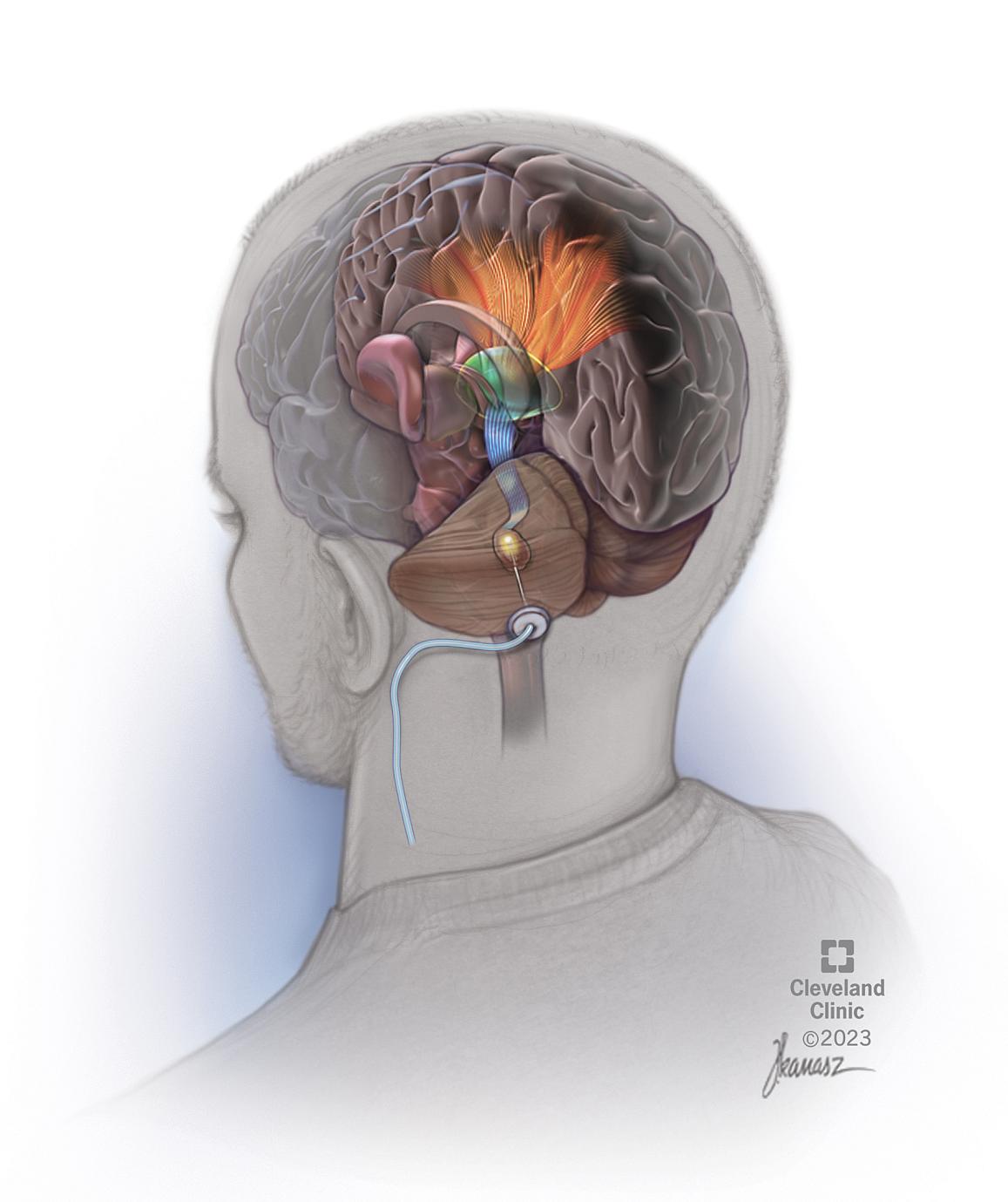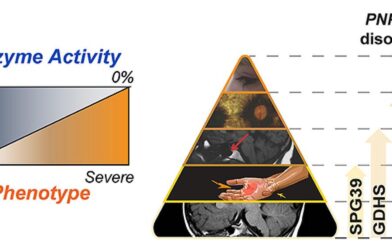- NIH-funded study suggests reducing exposure to airborne particulates may decrease dementia risk.
Maryland, USA: Higher rates of new cases of dementia in a population over time — known as incident dementia — are linked to long-term exposure to fine particulate matter (PM2.5) air pollution, especially from agriculture and open fires, according to a study funded by the National Institutes of Health and published in JAMA Internal Medicine. Scientists found that 15% of older adults developed incident dementia during the average follow-up of 10 years.
“As we experience the effects of air pollution from wildfires and other emissions locally and internationally, these findings contribute to the strong evidence needed to best inform health and policy decisions,” said Richard J. Hodes, M.D., director, National Institute on Aging (NIA), part of NIH. “These results are an example of effectively using federally funded research data to help address critical health risks.”
University of Michigan, Ann Arbor, scientists used data from 27,857 adults aged 50 years and older enrolled in the Health and Retirement Study (HRS), a nationally representative cohort of older adults in the United States. Beginning in 1992, participants have been interviewed once every two years about many factors related to healthy aging, including their cognition, overall health, and health behaviors.
The research team also gathered air quality measurements from the U.S. Environmental Protection Agency; several other studies; and more than 300 geographic variables such as nearby transportation, land cover and use, population density, emission sources, and vegetation. This information was applied to a prediction model to estimate total PM2.5 at participants’ residential addresses. The model multiplied total PM2.5 concentration at individual addresses by local fractions of PM2.5 attributable to each of nine emission sources: agriculture, road traffic, non-road traffic, coal combustion for energy production, other energy production, coal combustion for industry, other industry, open fires, and windblown dust.
“This level of specificity is new and useful,” said Jonathan W. King, Ph.D., NIA project scientist for HRS. “As NIA continues to conduct and fund studies on risk factors for dementia, these results will help inform future research, and potentially, policy interventions.”
The findings showed 4,105 participants (15%) developed dementia during the follow-up period. Compared with those who did not develop dementia, participants with incident dementia were more likely to be non-white, have less formal education, less wealth, and higher surrounding PM2.5 levels at their address. While agriculture and open fires had the strongest air pollution-dementia associations, road traffic, non-road traffic, and coal combustion for energy production and industry were also associated with incident dementia.
The study advances the scientific literature by examining associations of incident dementia with PM2.5 from key emission sources rather than just total PM2.5. The findings suggest interventions that reduce air pollution may decrease the lifelong risk of developing dementia.
NIA leads NIH’s systematic planning, development, and implementation of research milestones to achieve the goal of effectively treating and preventing Alzheimer’s and related dementias. This research is related to Milestone 1.R, “Support the research on the role of pollution and climate change on dementia risk.”
–NIH news













